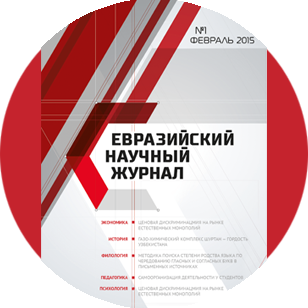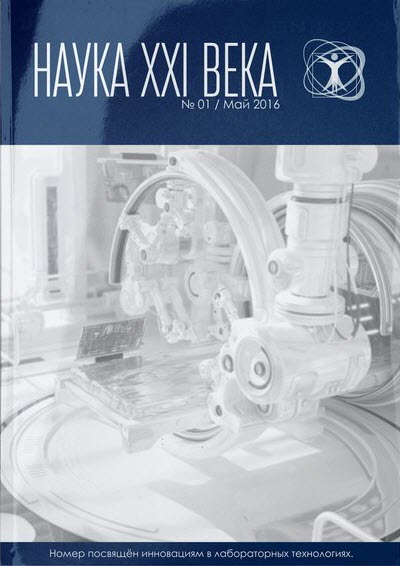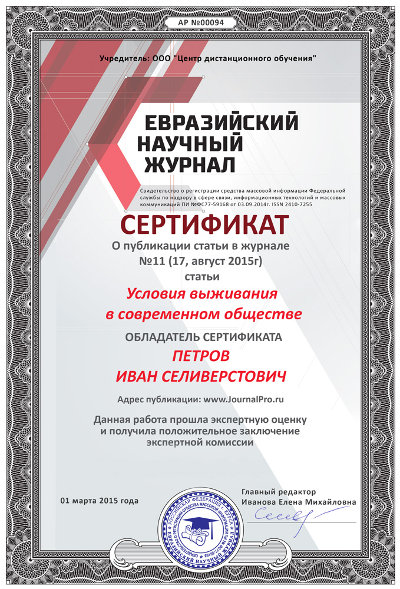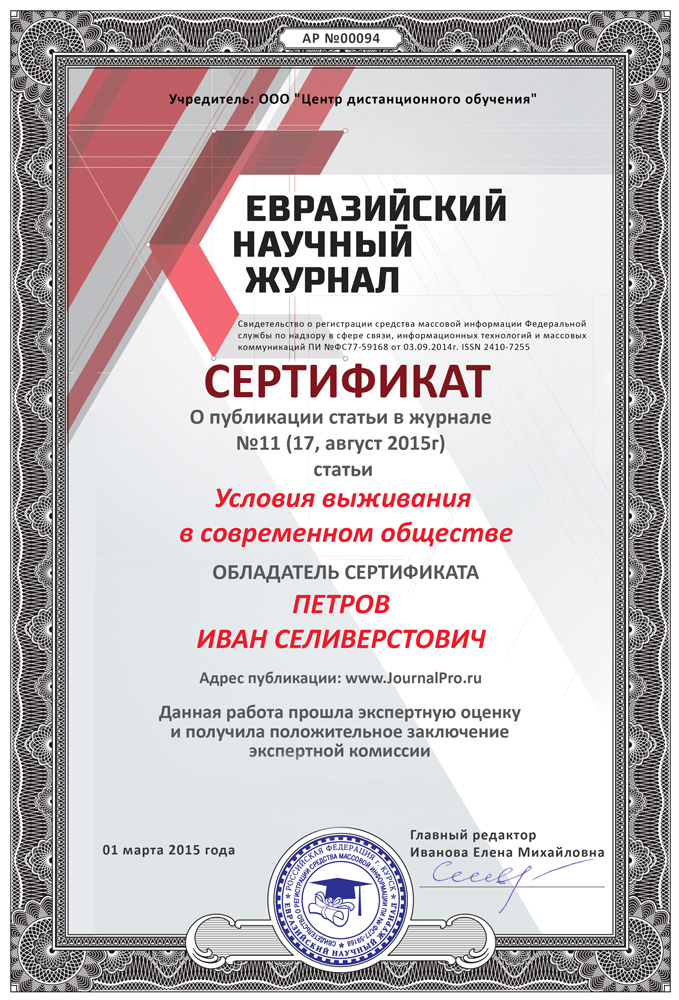Срочная публикация научной статьи
+7 995 770 98 40
+7 995 202 54 42
info@journalpro.ru
Advantages and disadvantages of communicative method
Рубрика: Филологические науки
Журнал: «Евразийский Научный Журнал №12 2016» (декабрь)
Количество просмотров статьи: 27708
Показать PDF версию Advantages and disadvantages of communicative method
K.B.Khasanova
Termez state University
E-mail: yasmina8687@mail.ru
As opposed to grammatical and linguistic competence that is focused for example on audio lingual and grammar-translation methods, Richards mentioned that CLT focuses on and aims at communicative competence. [1]
Thus, enabling the learners to use the language in a communicative situation to satisfy their needs in real-life communication is a priority in CLT. In contrast, Brown mentioned that the grammar-translation method "does virtually nothing to enhance a student’s communicative ability in the language“ [2].
In this regard, meaning is emphasized in CLT . Finocchiaro andBrumfit pointed out that CLT focuses on meaning as opposed to methods like audio lingual that focus on form and grammatical or linguistic knowledge.
So, CLT shifts from learning structure of language to learning how to communicate and how to communicate effectively. [3]
In CLT, the linguistic system of the target language is learnt best while the learner is attempting to communicate. In this case, the major portion of the learning process is not upon the teacher thus illustrating that CLT classes have moved from teacher-centeredness to learner-centeredness.CLT gives the learners more responsibility and involvement in the process of learning.
In other words, learner-centeredness takes precedence over teacher-centeredness. Thus, the role of the teacher in a CLT class can be regarded as a facilitator that helps the students and learners in the process of learning to conduct effective communication. This notion is helpful as it is the learner who must learn how to communicate effectively and use the languagecomprehensibly. Thus, the learner should exercise and communicate enough in the CLT class to achieve communicative competence. In other words, the learner must be well involved in the process of learning. At the same time, the learner is also trying to use the language correctly. Therefore, the focus of CLT on linguistic competence is contextualized and is achieved through the process of accomplishing effective communication.
In CLT, learning items are contextualized but in grammartranslation method, only memorizing a “list of isolated words” is practiced .
A CLT class may start with communication and communicative activities whereas this stage starts after a long process of exercising and drilling in audio lingual. Furthermore, in a CLT class, mastering speech takes precedence over reading and writing. Reading and writing are postponed until speech is mastered. Following the emphasis of CLT on meaning, communicative competence and use of the target language in a communicative situation effectively, it can be concluded that functions play important role and are focused in CLT.
It is worth mentioning that not only the functions but also the sequence of the functions are taken into consideration in CLT books. The sequence of units in CLT books for CLT classes is determined according to the functions that are of interest to the learner and is based on the needs of the learner in a communicative situation.
For example, a CLT book would start with greeting lesson because it is the most basic need of a learner in real life communication. As the units of the book develop, the topics of each unit take into consideration more advanced needs of a learner in real life communication. For example, reserving flight tickets and making an appointment with the doctor are the subsequent units that would appear in the book for CLT class [4].
Thus, the content of the units of CLT books that are used in CLT classes are based on the functions of language and needs of the learners in real life communicative situation and the sequence of the units are based on the learners’ interest and their importance for the learners.
Bibliography
- Richards, J.,986). Approaches and methods in language teaching. Cambridge 1986
- Brown, H.D. Principles of language learning and teaching. 1994
- Finocchiaro, M., &Brumfit, C. (1983). The functional-notional approach New York: Oxford
- Brown, H.D. Principles of language learning and teaching. 3rd ed. 2001









